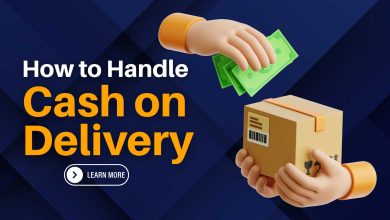Pricing Strategies for Ecommerce Success
Pricing is one of the most important aspects of any ecommerce store. Pricing strategies can make or break a business. The right pricing strategy can help you maximize profits and keep customers coming back. In this essay, we will discuss some of the pricing strategies that your ecommerce store should be using.
1. Competitive Pricing
One of the most common pricing strategies is competitive pricing. This means pricing your products at a level that is similar to or lower than your competitors. This can help you attract price-conscious customers who are always on the lookout for a good deal.
However, competitive pricing can also lead to a race to the bottom, where you keep lowering your prices to match your competitors. This can be damaging to your profits and make it difficult to differentiate your business from your competitors. It is important to find a balance between competitive pricing and maintaining profitability.
2. Dynamic Pricing
Dynamic pricing is a pricing strategy where the price of a product is changed based on market demand. This means that prices can fluctuate depending on factors such as time of day, day of the week, and even weather conditions. This strategy is commonly used by airlines and hotels to maximize revenue.
In ecommerce, dynamic pricing can be used to increase prices during peak demand periods, such as holidays or special events. It can also be used to offer discounts during slower periods to incentivize customers to make a purchase.
3. Value-Based Pricing
Value-based pricing is a pricing strategy where the price of a product is based on the value it provides to the customer. This means that products with higher value will have a higher price point. For example, a product with unique features or superior quality can be priced higher than a similar product with less features or lower quality.
This strategy can help differentiate your products from competitors and create a perception of high value. It is important to understand your target market and their perception of value to successfully implement this pricing strategy.
4. Bundle Pricing
Bundle pricing is a pricing strategy where multiple products are offered together at a lower price than if they were purchased separately. This can help increase the average order value and encourage customers to purchase additional products.
Bundle pricing can also help move inventory that may be slow-selling or overstocked. By bundling it with other products, customers may be more willing to purchase it.
5. Psychological Pricing
Psychological pricing is a pricing strategy where prices are set to influence customer perception. For example, setting a price at $9.99 instead of $10.00 can make the product appear cheaper, even though it is only a one-cent difference.
Psychological pricing can also be used to create a perception of luxury or high-end products. For example, setting a high price point can make a product appear exclusive and desirable.
6. Subscription Pricing
Subscription pricing is a pricing strategy where customers pay a recurring fee to receive products or services on a regular basis. This can help create predictable revenue and improve customer retention.
Subscription pricing can also create a sense of exclusivity and loyalty. Customers who are subscribed to a service may feel more invested in the brand and be less likely to switch to a competitor.
Conclusion
Pricing strategies are an important aspect of ecommerce that can impact the success of your business. Competitive pricing, dynamic pricing, value-based pricing, bundle pricing, psychological pricing, and subscription pricing are just a few of the pricing strategies that your ecommerce store should be using.
It is important to understand your target market and their perception of value to successfully implement these pricing strategies. Additionally, it is important to find a balance between competitive pricing and maintaining profitability.
By using the right pricing strategies, you can maximize profits, increase customer loyalty, and create a successful ecommerce business.



